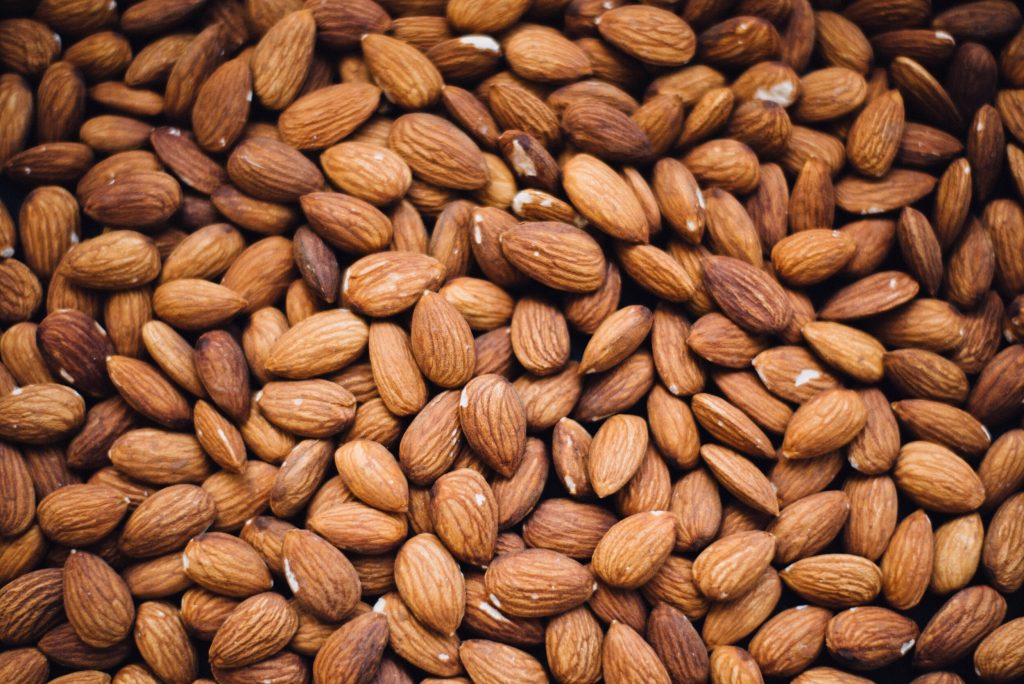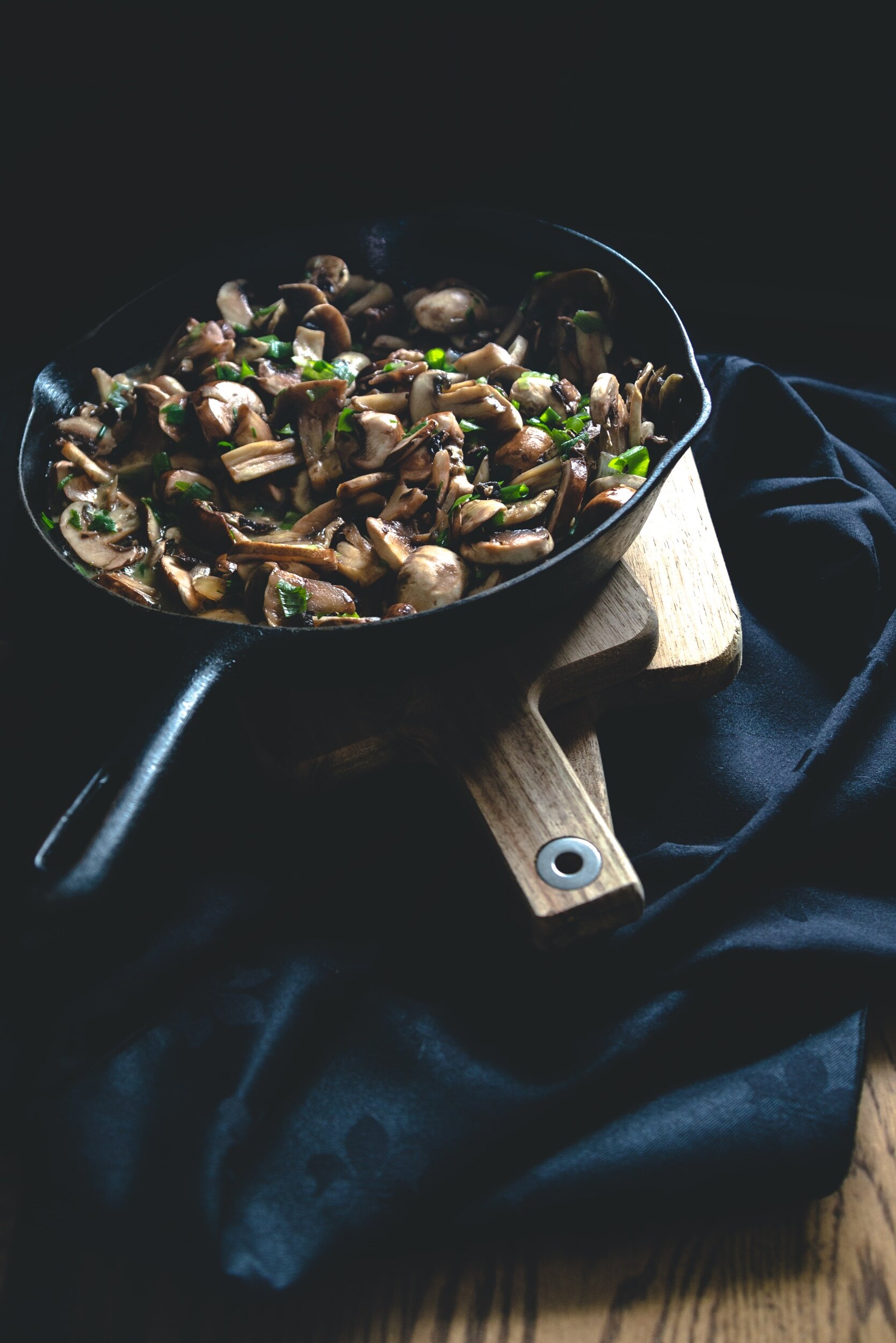As for optimal daily protein intake levels, it really depends on a person’s individual needs. Levels of activity, age, gender and specific nutritional needs (for malnourished or pregnant people, for instance) all play a role in calculating one’s daily protein levels. A young professional athlete may have different needs from a retired middle aged person, for instance.
The Recommended Dietary Allowance (RDA) for protein is only 0.8 grams of protein per kilogram of body weight, which translates to roughly 10-35% percent of total caloric intake. Since the RDA is the minimum amount of a nutrient you need to meet your basic nutritional requirements, some sources estimate that up to 2.0 g/kg of body weight may be appropriate depending on a person’s nutritional needs. People who are highly active, or who wish to build more muscle should generally consume more protein. This protein calculator is a helpful tool to determine how much protein you may need, factoring in age, gender, and caloric requirements.
And what about protein powders and amino acid supplements?
As a proponent of whole foods, my stance on this is that protein powders do not compare to having real, whole foods. Protein powders and supplements are marketed as muscle-building blocks with anti-inflammatory effects. While this can be true, any isolated part that’s extracted, multiplied and consumed can have undesirable effects. The truth is that nutritional science doesn’t have all the facts, and the supplement industry has a lot of marginally evidence-based claims as part of a marketing effort. Any component of a food or plant that’s extracted, doesn’t have the benefit of synergy of all the other ingredients it was taken from.








